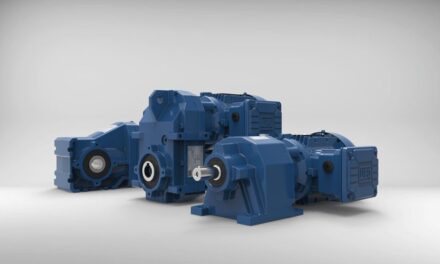 To meet tough industrial applications and achieve compliance challenges presented by new fire safety systems, Concordia Technologies has introduced a new range of Low Smoke Zero Halogen (LS0H) 300V/500V screened fire resistant cables – intended for emergency lighting, fire detection and fire system circuits.
To meet tough industrial applications and achieve compliance challenges presented by new fire safety systems, Concordia Technologies has introduced a new range of Low Smoke Zero Halogen (LS0H) 300V/500V screened fire resistant cables – intended for emergency lighting, fire detection and fire system circuits.
The cable range incorporates a series of multi-core cables designed to comply with BS 7629-1 which have been manufactured by a Loss Prevention Certification Board (LPCB) listed source and is available as a standard range ensuring up to 30 minutes of circuit integrity in the event of a fire.
Manufactured and tested in accordance with BS 7629-1:2008, the LSHF range of cables is routinely tested to assure the fire resistant requirements of BS 6387 CWZ Clause 11 are met and to ensure that the cables evolve low levels of smoke and acid gas when tested in accordance with BS EN 61034 and BS EN 50267-2-1 respectively.
The range of cables has a 30 minute rating when tested in accordance with BS EN 50200, Annex E which is achieved by surviving electrically 15 minutes’ exposure to fire and impact phase then enduring a further 15 minute exposure to a fire, impact and water phase.
The range incorporates two, three and four core cables of 1.5mm2, 2.5mm2 and 4.0mm2 and are designed for unprotected environment applications complying with the new requirements for fire resistance introduced by BS EN 50200, including the optional water spray test.
Utilising an individually coloured thermoset insulation system and an overall metallic screen and drain wire for improved electrostatic screening, the cables are finally sheathed with a thermoplastic LSHF material to ensure they can endure the rigours of even the toughest industrial installations.
Neil Middleton, technical manager of Concordia Technologies, said, “This range of cables offers peace of mind to the end user as they enable the installed fire detection systems to continue to operate effectively during a real fire and therefore ensure there is time for a safe and controlled evacuation of the building.”


